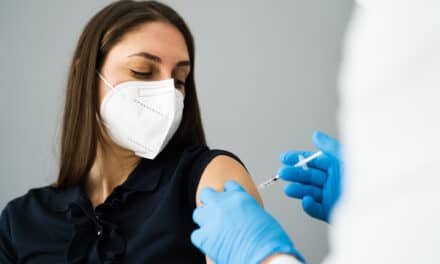Why giving your orthodontic team your trust, transparency, compassion, and caring can go a long way to leading your team through these challenging times.
By Roger P. Levin, DDS
COVID-19 has changed the way many people think and feel, and you’ll soon notice that the orthodontic team that you worked with pre-COVID-19 is not the same team that you have now. Some team members didn’t come back. Others are delayed by fear, life, or family issues. And even practices that are fortunate enough to have their entire teams back will soon see that things are different. Their staff may look the same from the outside, but everyone has changed somewhat on the inside.
This change in your staff means that there needs to be a change in your leadership and team building style. Consider the following ideas for how to best lead your team through these challenging times:
1. Be a compassionate leader.
Most orthodontists already believe they are compassionate, but compassionate leadership is different. It is about understanding the individual situation of each team member and being prepared to manage everyone based on their specific profiles. The concept of principles, rules, and protocols will change. You will need to be more flexible, or excellent staff members may be lost.
2. Be prepared for emotional rollercoasters.
As a leader, you experience unpredictable behavior from certain people. This will now be the new normal. People who seem very stable most of the time will be more prone to sudden changes in behavior that manifest as depression, anxiety, or frustration. There may be a time when a person needs to go to the staff room to pull themselves together or just go home for the rest of the day. This can make things difficult in terms of orthodontic practice predictability, but it also allows people to rebound and continue contributing to the practice.
3. Be open to answering all questions.
Rumors will be the downfall of many orthodontic practices. They are rumors about COVID-19. They are rumors about politics. There are even rumors about team members’ personal lives. Any time there is rumor about the practice, it’s important for the leader to address it right away. If not, people will go to the worst-case scenario. That can lead to high anxiety or frustration. Encourage people to ask any and all questions. In the past this may have been annoying, but now it’s a necessity.
4. Be ready to check in with staff frequently.
COVID-19 has some people reassessing their entire lives so it will be natural for team members to start questioning whether they want to be in the practice. Do they want to be in an orthodontic practice? Do they want to live in the same place? Do they want to move to another occupation? Do they even want to work at all? Rather than viewing these questions as the enemy or pretending it isn’t happening, it’s far better to meet with every team member every 2 weeks just to see how they’re doing and feeling. Remember to make it a safe, open, and transparent conversation. Leave out all judgment. For example, if a team member tells you that they’re unsure if they want to continue in your orthodontic practice, it shouldn’t lead to an automatic dismissal.
Your staff will be going through many changes as the practice goes through recovery. Your leadership style must change to accommodate their needs. Use the suggestions above to provide your team with high levels of trust, transparency, compassion, and caring.
Roger P. Levin, DDS, is the CEO and founder of Levin Group, a leading practice management consulting firm that has worked with over 30,000 practices to increase production. A recognized expert on dental practice management and marketing, he has written 67 books and over 4,000 articles and regularly presents seminars in the U.S. and around the world. To contact Levin or to join the 40,000 dental professionals who receive his Practice Production Tip of the Day, visit levingroup.com or email [email protected].










